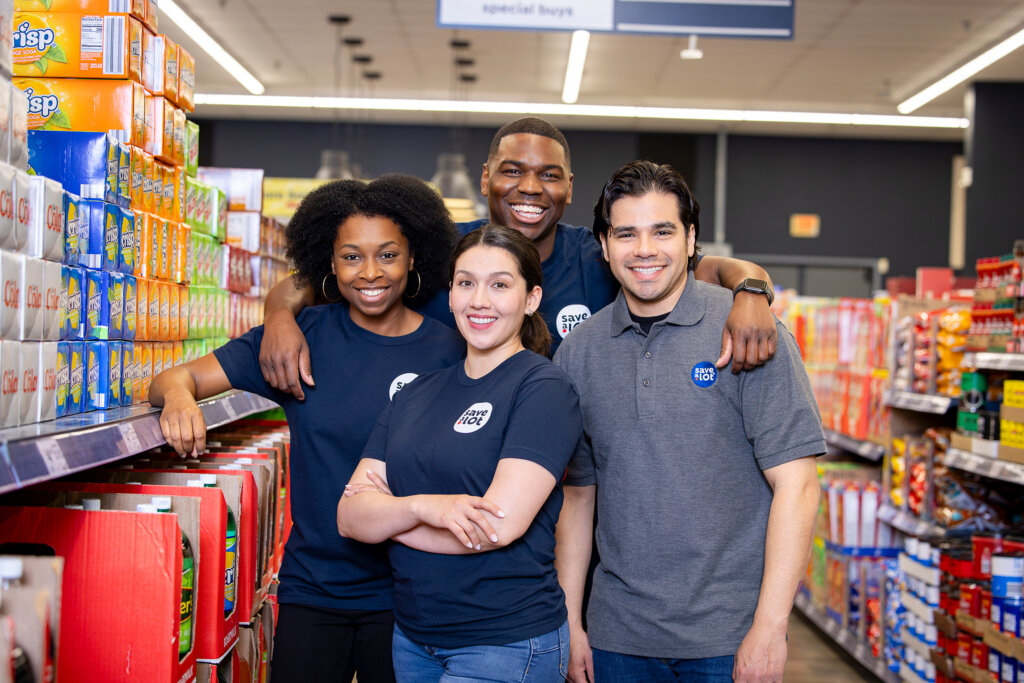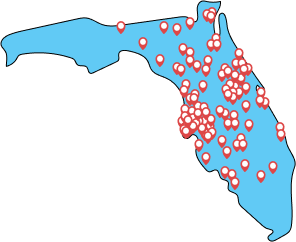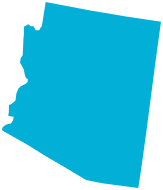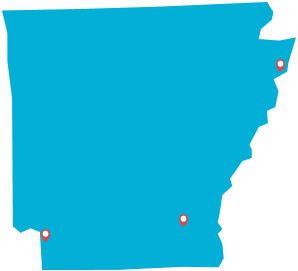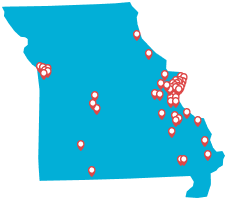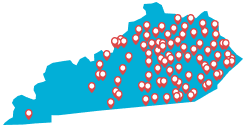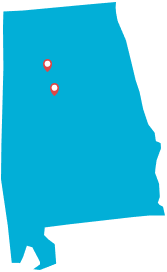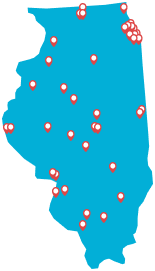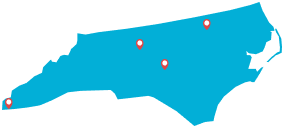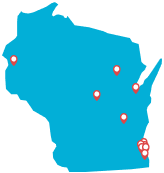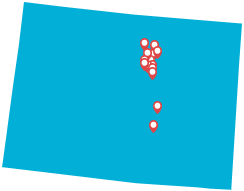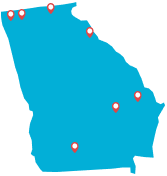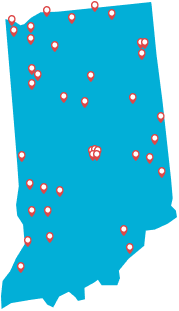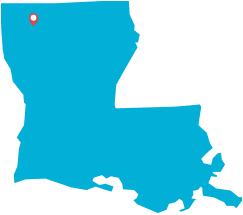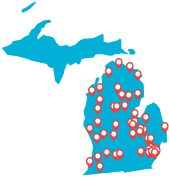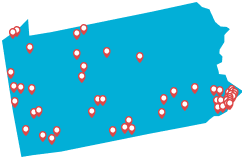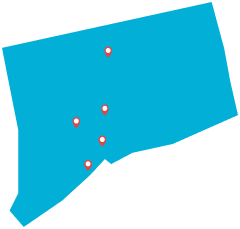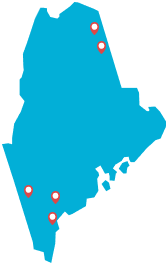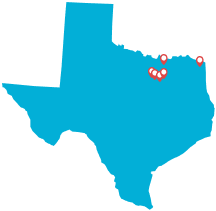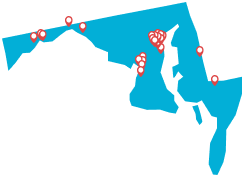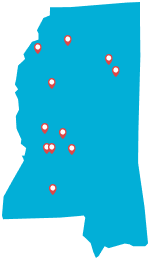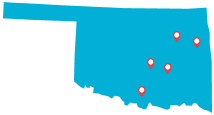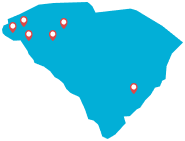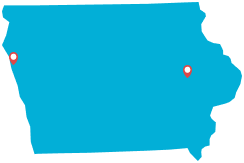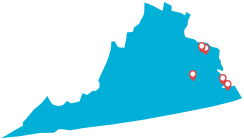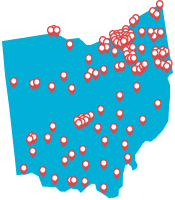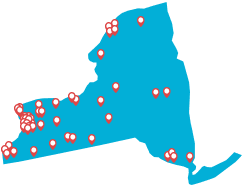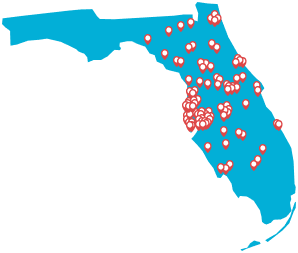Save A Lot has built a model designed to empower independent grocery operators to thrive.
For those already working in the grocery industry, or entrepreneurs looking for a strong entry point, becoming a Retail Partner offers the best of both worlds: local ownership and expert support. With operational independence, supply chain strength and a national brand name, Retail Partners can grow their businesses on their own terms while bringing affordable, high-quality groceries to the communities they know best.
A Model Designed for Independent Operators
Save A Lot’s licensing model is built with flexibility in mind. Retail Partners maintain control over their stores while leveraging Save A Lot’s national buying power, streamlined distribution network, and award-winning private label portfolio.
Most Save A Lot stores average around 15,000 square feet, a size that allows for operational efficiency and a simple, convenient shopping experience. With 7 distribution centers located strategically across the country, shelves stay stocked with in-demand products at competitive prices. This infrastructure gives independent operators the ability to focus on what matters most: building strong, profitable stores that serve their communities.
Multiple Pathways to Ownership
One of Save A Lot’s greatest strengths is the flexibility it offers in how Retail Partners can come on board. Some choose to open new Save A Lot locations to meet growing demand in their markets. Others convert their existing grocery stores, taking advantage of Save A Lot’s national infrastructure without giving up ownership and operational control. For some, the most efficient path is acquiring an existing, cash-flowing Save A Lot store that is already operating, allowing them to step into a proven model with minimal overhead and downtime.
This variety of entry points allows grocery operators to choose the path that best aligns with their business goals, resources and timeline. In every case, the Save A Lot team provides the necessary support to ensure a smooth transition.
A Collaborative Development Process
Becoming a Save A Lot Retail Partner starts with a conversation. The Business Development team works closely with prospective owners to evaluate market opportunities and identify ideal sites. This process includes a transparent look at estate availability and operational expectations.
Once a site is identified—whether it’s a new build, a conversion, or an acquisition—Save A Lot provides end-to-end support through site development, store design, equipment and layout planning, and merchandising strategy. The result is a store built for operational efficiency from day one.
Operational Support Beyond Opening Day
The relationship between Save A Lot and its Retail Partners extends far beyond the grand opening. Ongoing operational support is a core pillar of the licensing model. Partners benefit from national pricing strategies, merchandising guidance, marketing resources and reliable supply chain access.
Private label strength also plays a key role in helping Retail Partners build profitable businesses.
Save A Lot’s award-winning product lines provide strong margins and consistent customer loyalty, ensuring operators can compete on value while maintaining healthy business performance.
Meeting Market Demand with Confidence
Today’s grocery landscape is shifting rapidly. Consumers continue to prioritize affordability and value, making discount grocery a growing segment of the industry. Save A Lot is strategically positioned to meet that demand, giving independent operators the infrastructure and brand recognition they need to remain competitive in a changing marketplace.
For operators, this isn’t just about running a store. It’s about building a sustainable business that serves its community while generating long-term value.
Ready to Explore What’s Possible?
Becoming a Save A Lot Retail Partner starts with one conversation. Whether opening a new location, converting an existing store, or acquiring a current operation, the licensing model provides the tools, resources, and flexibility independent operators need to succeed.

